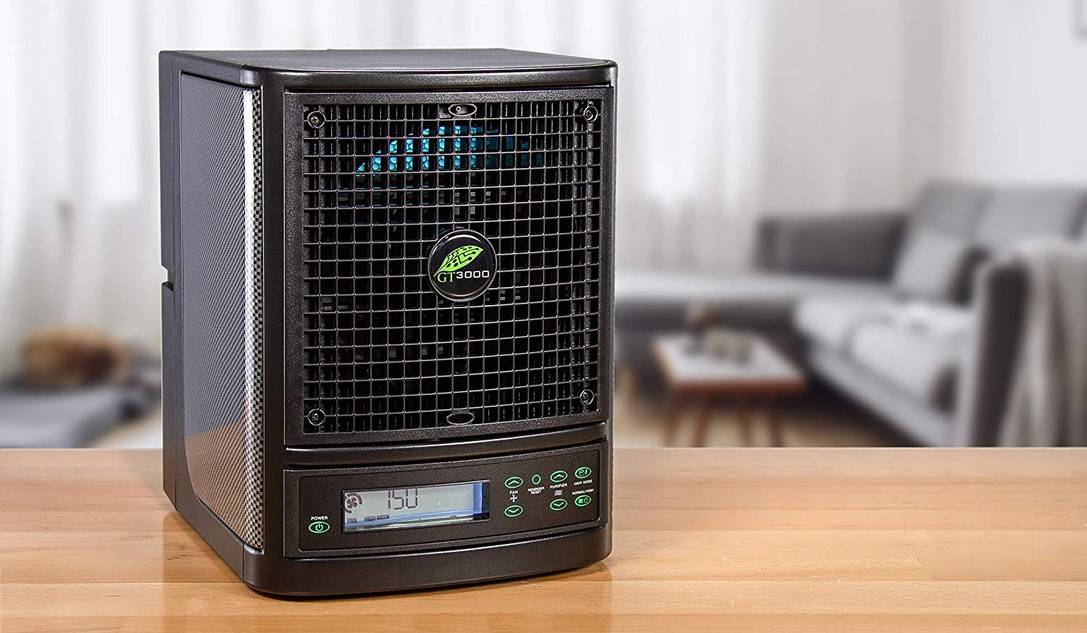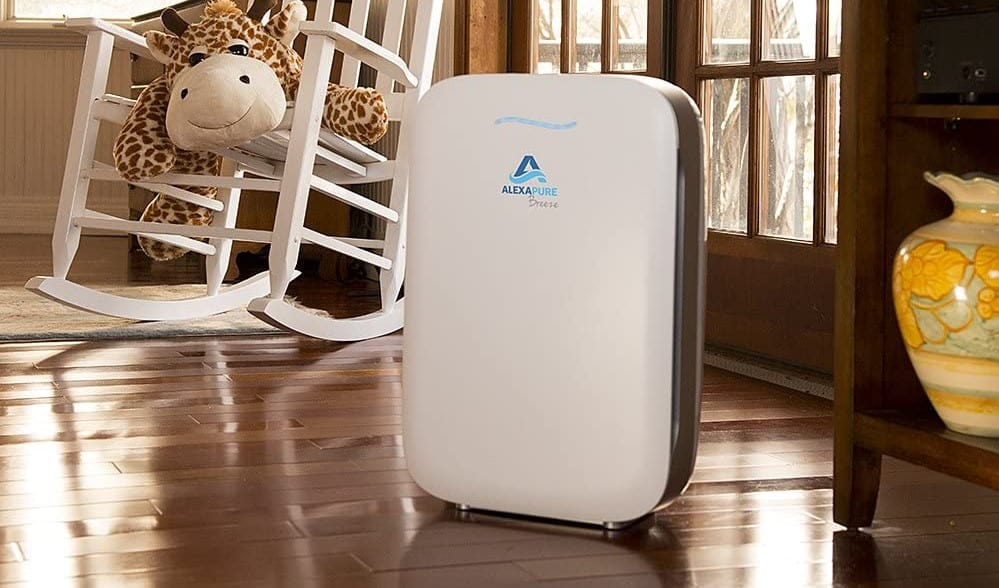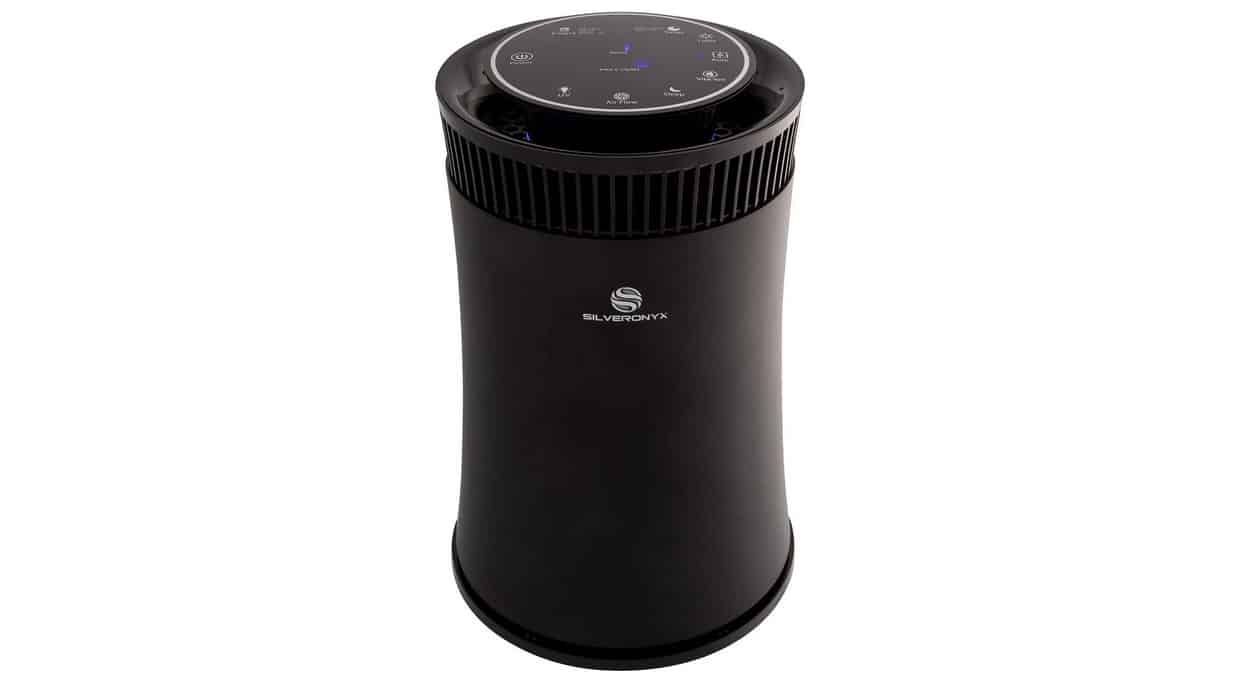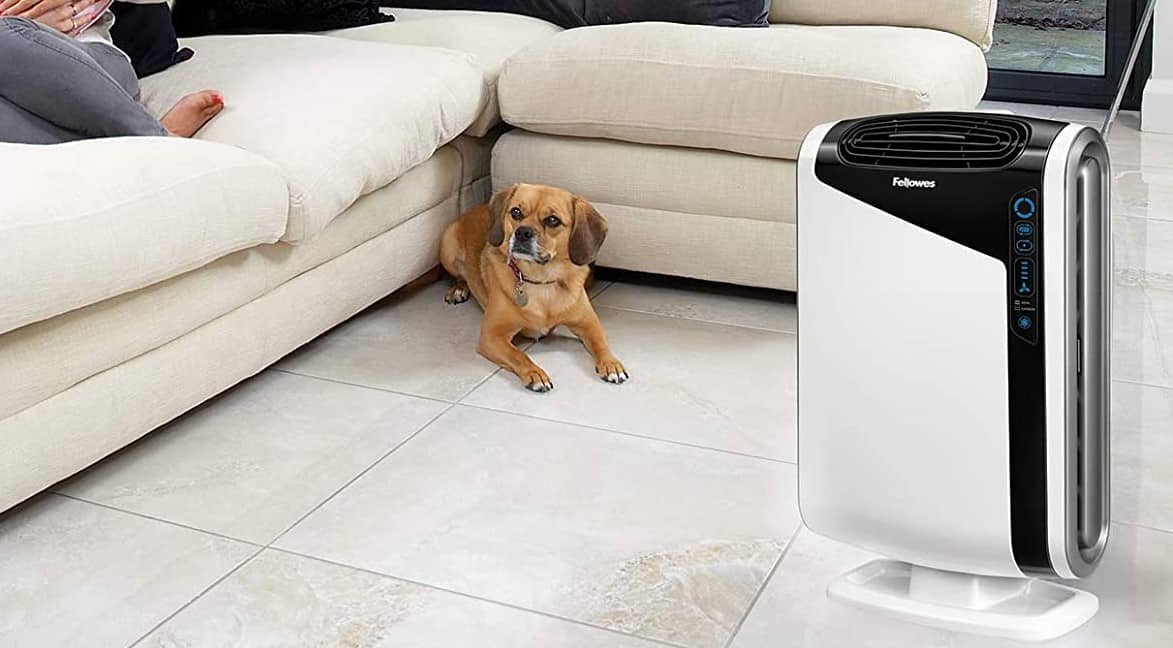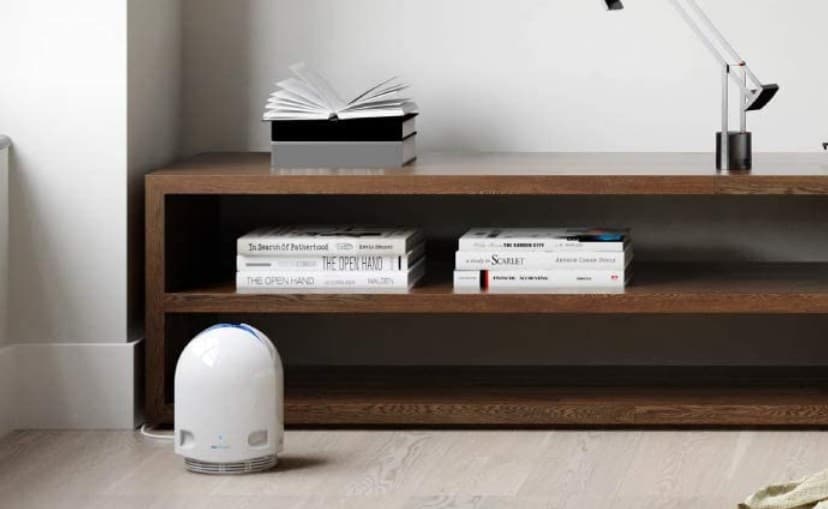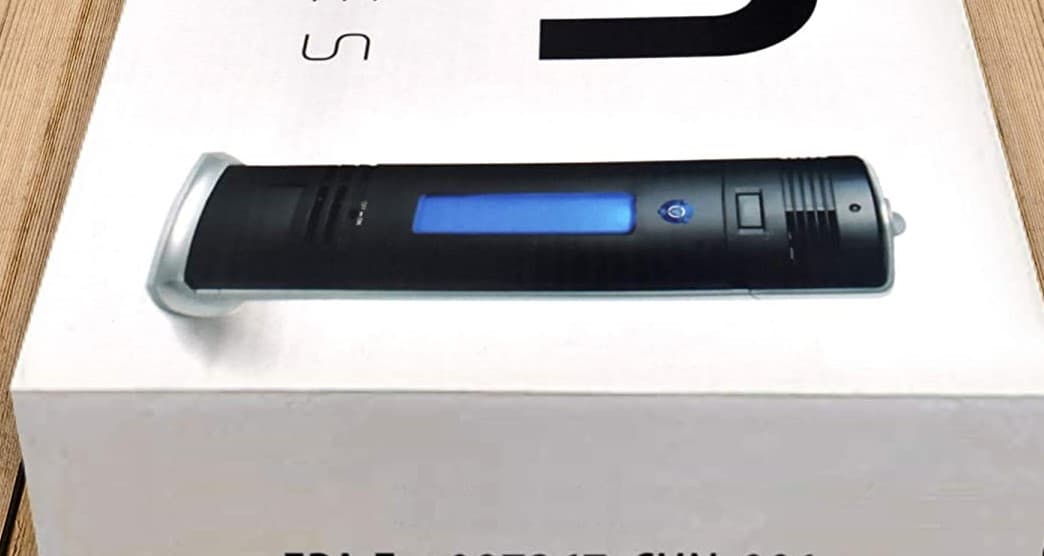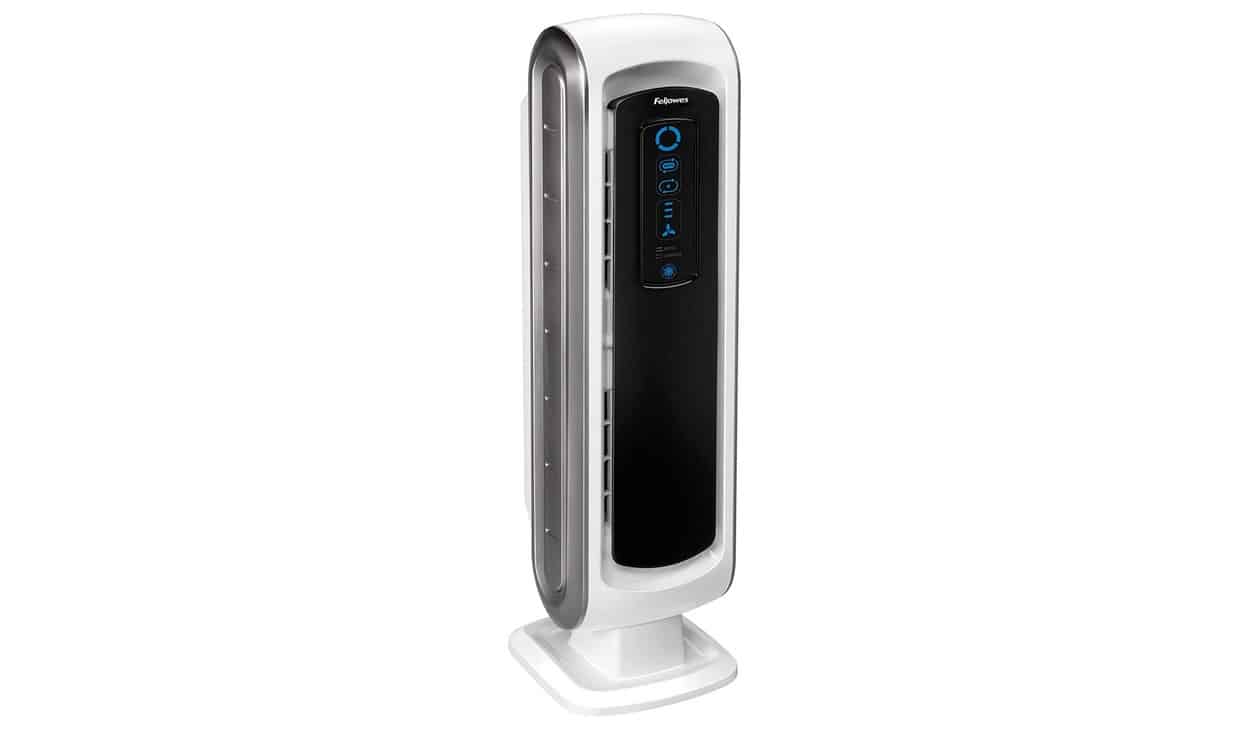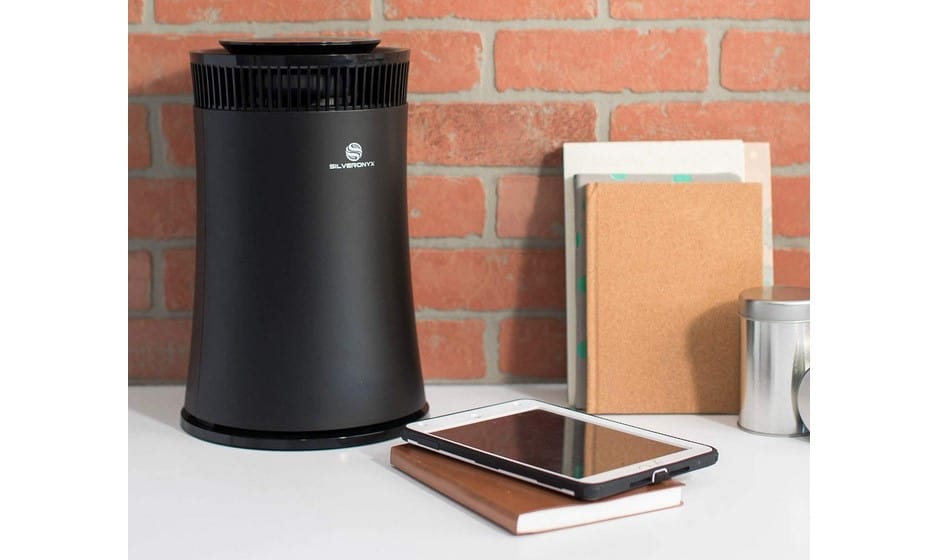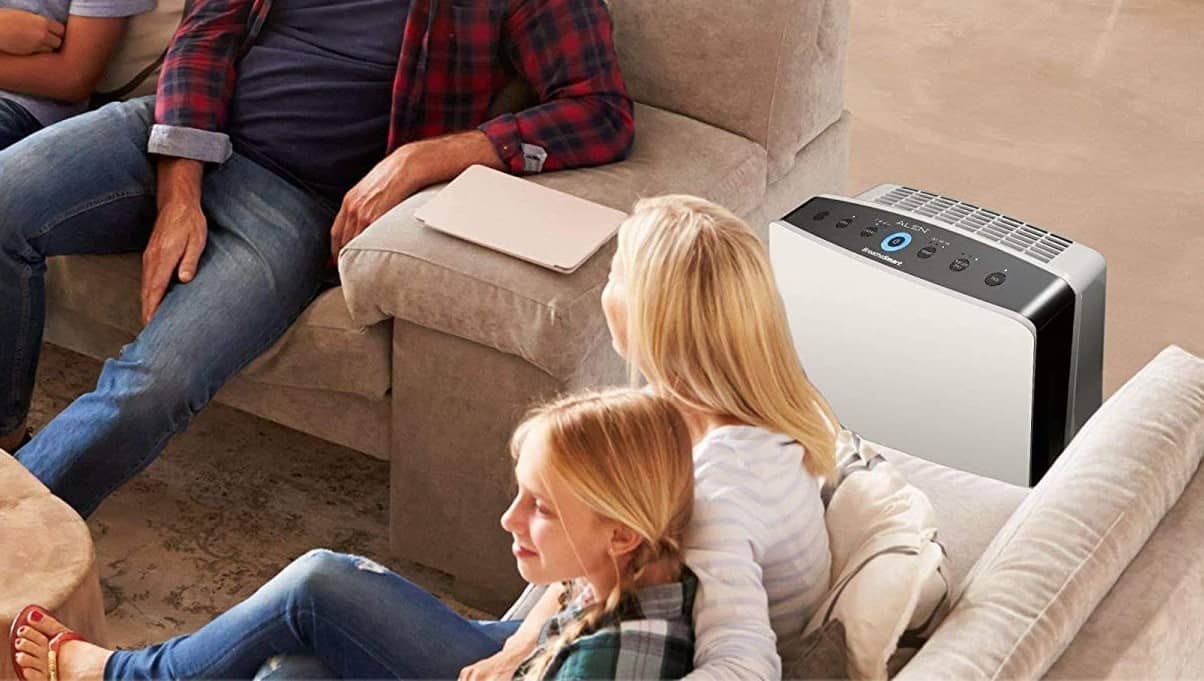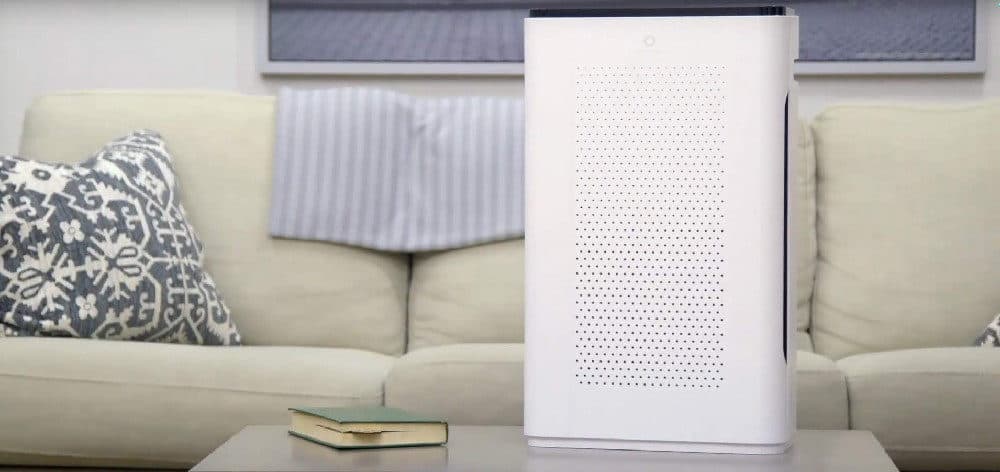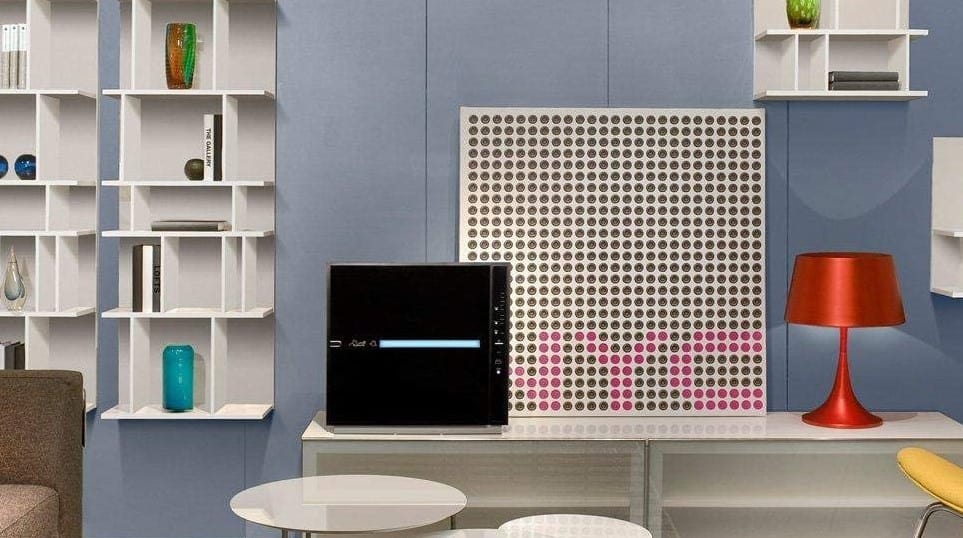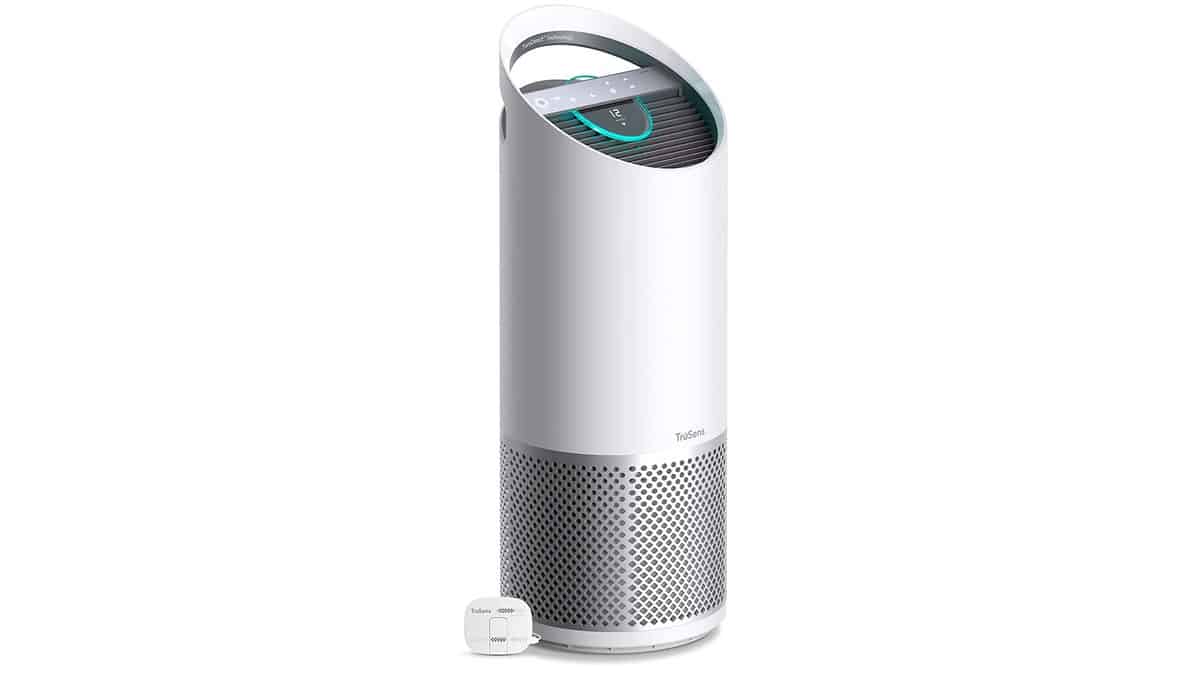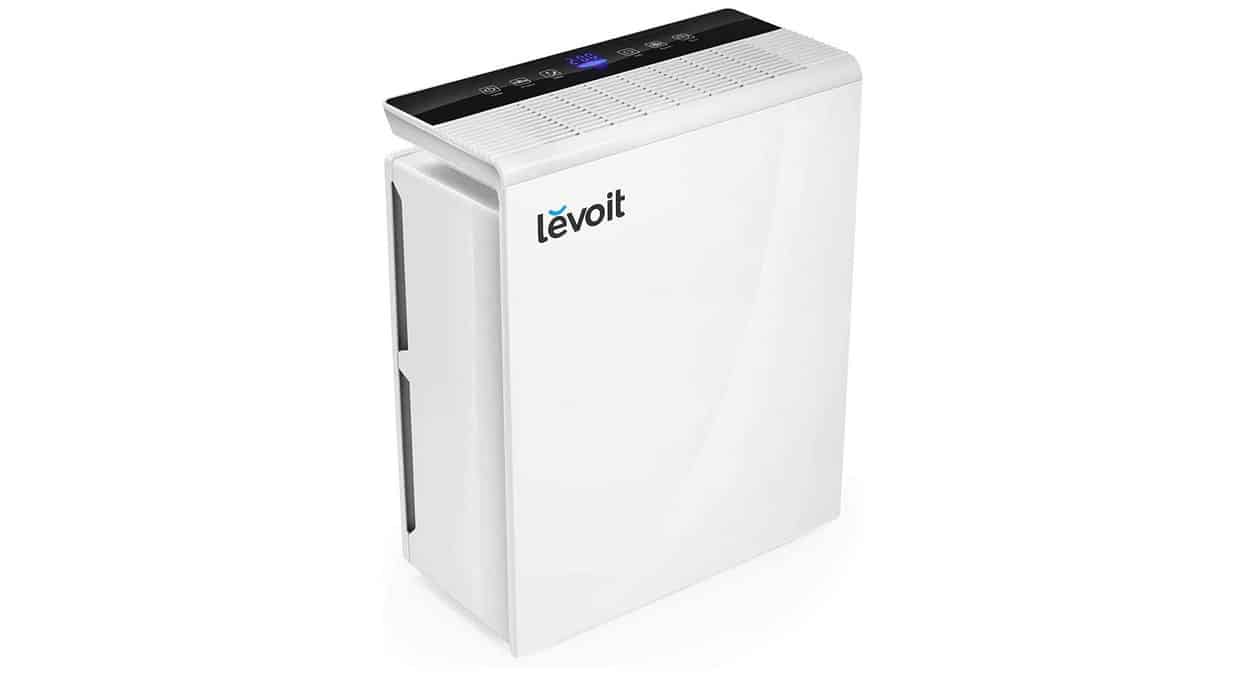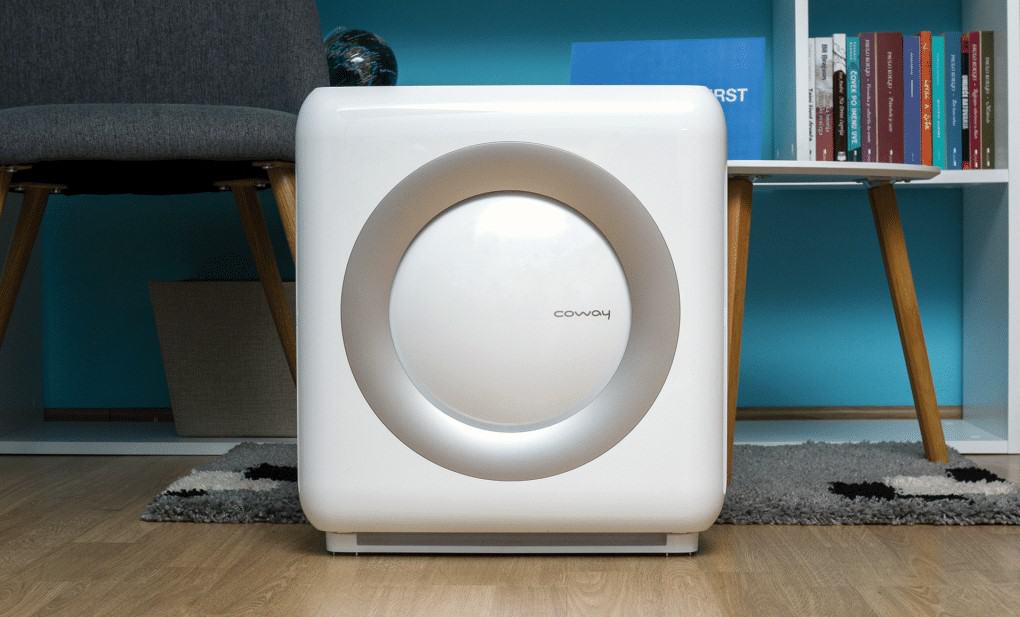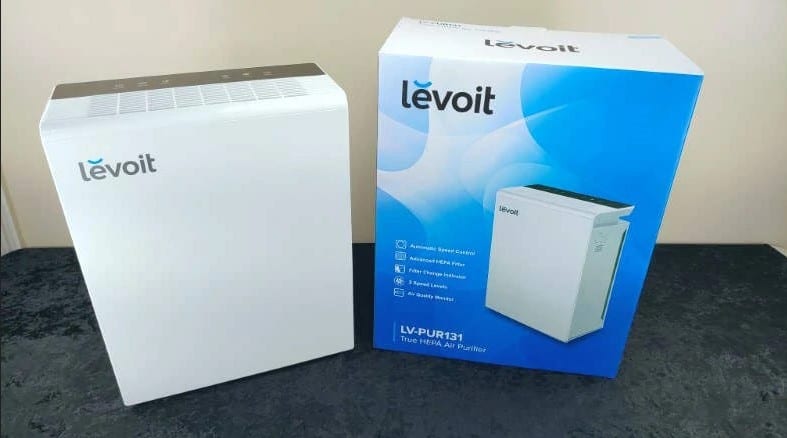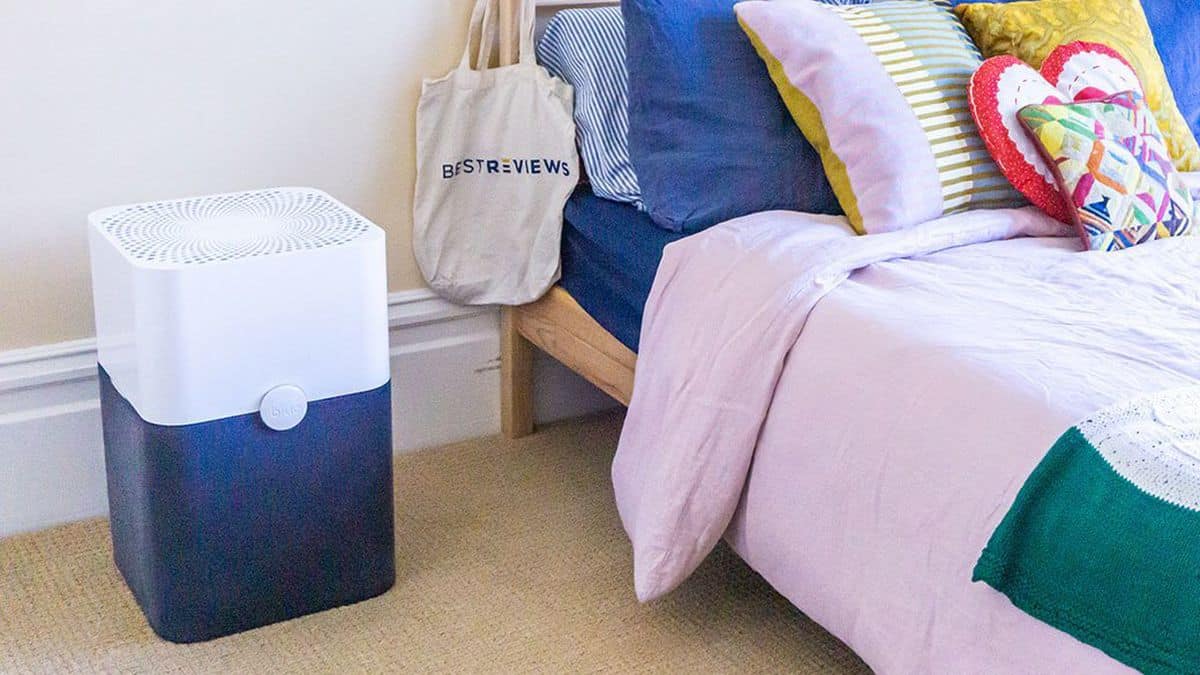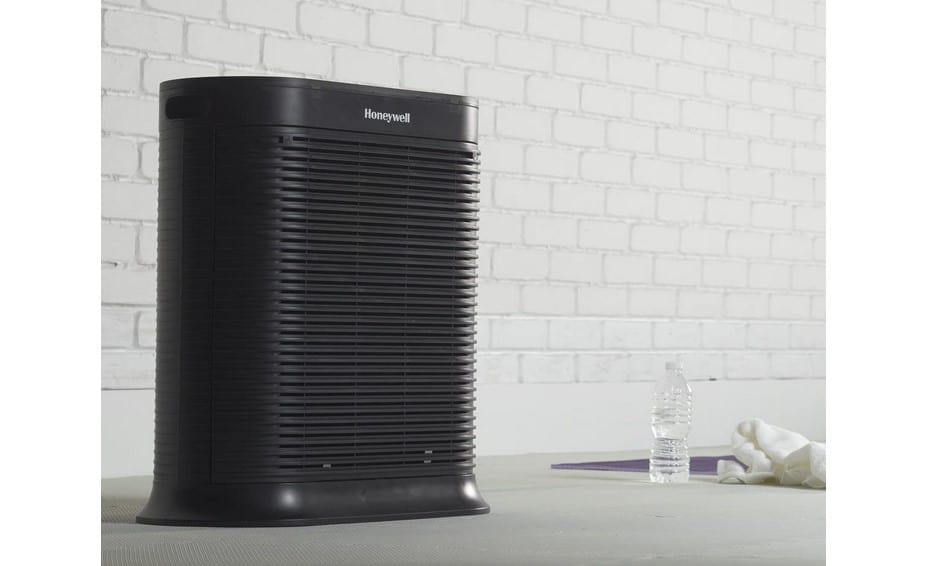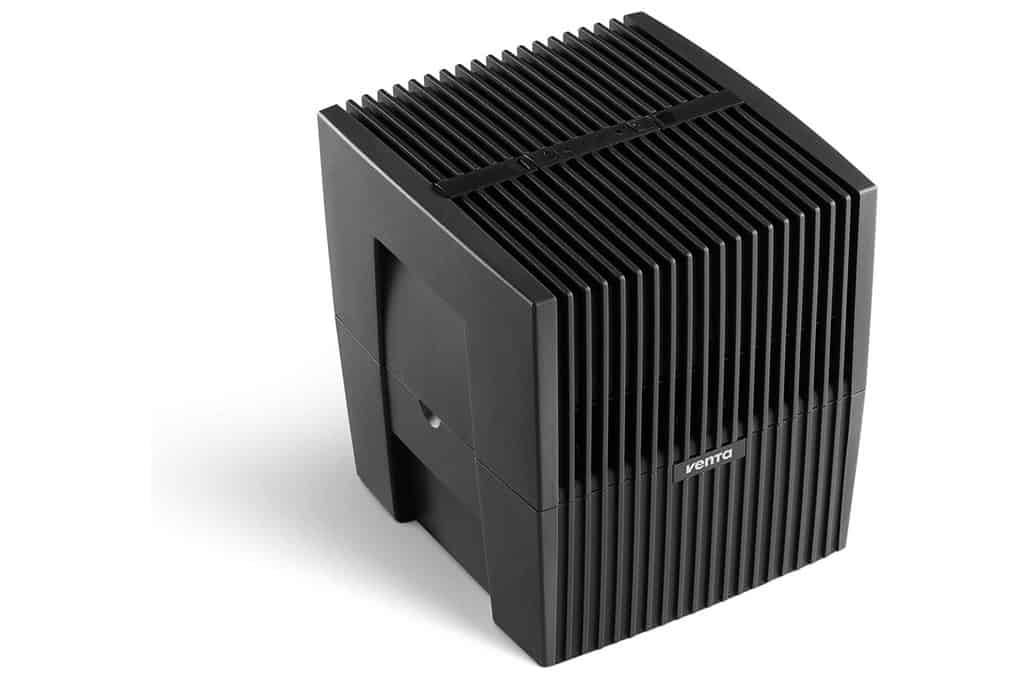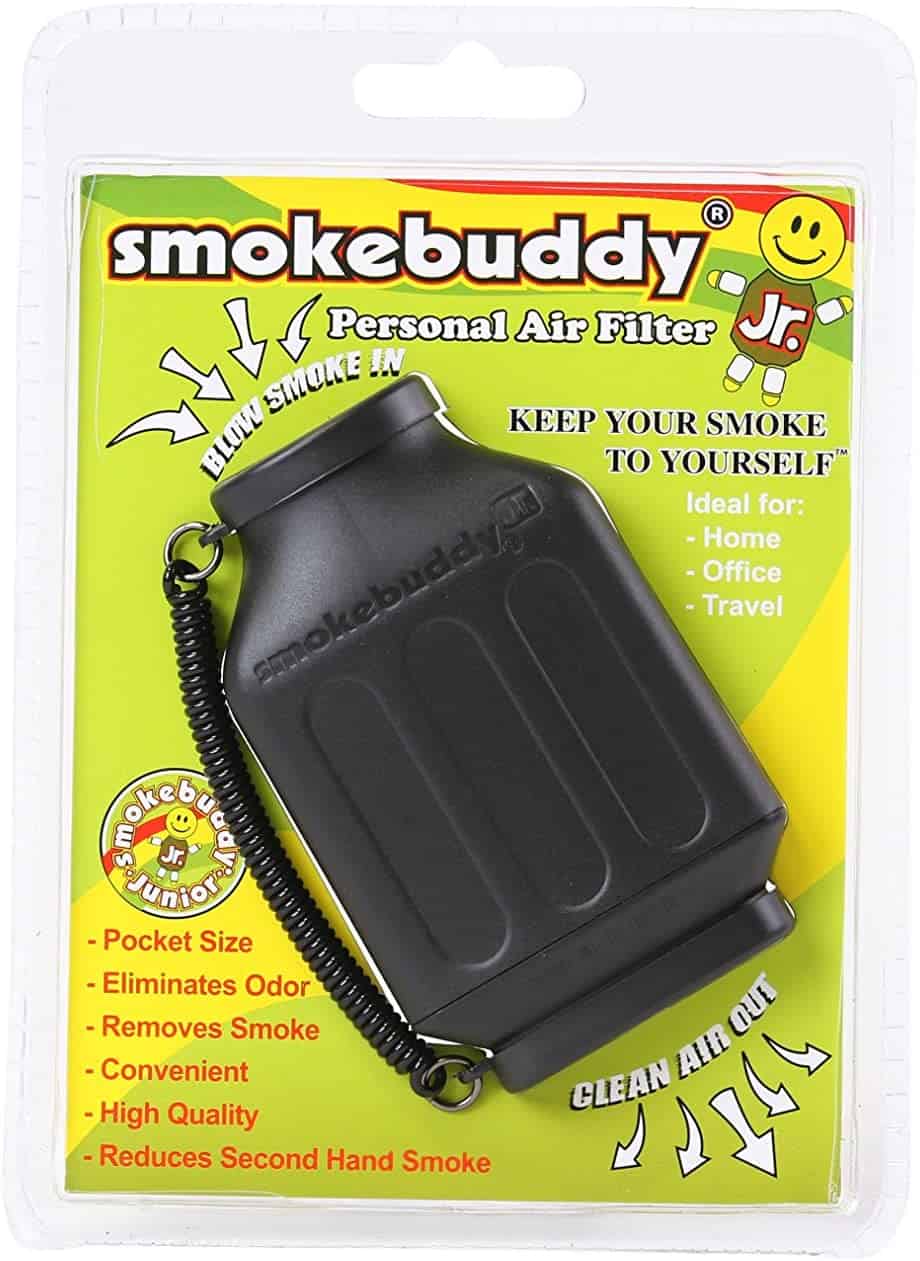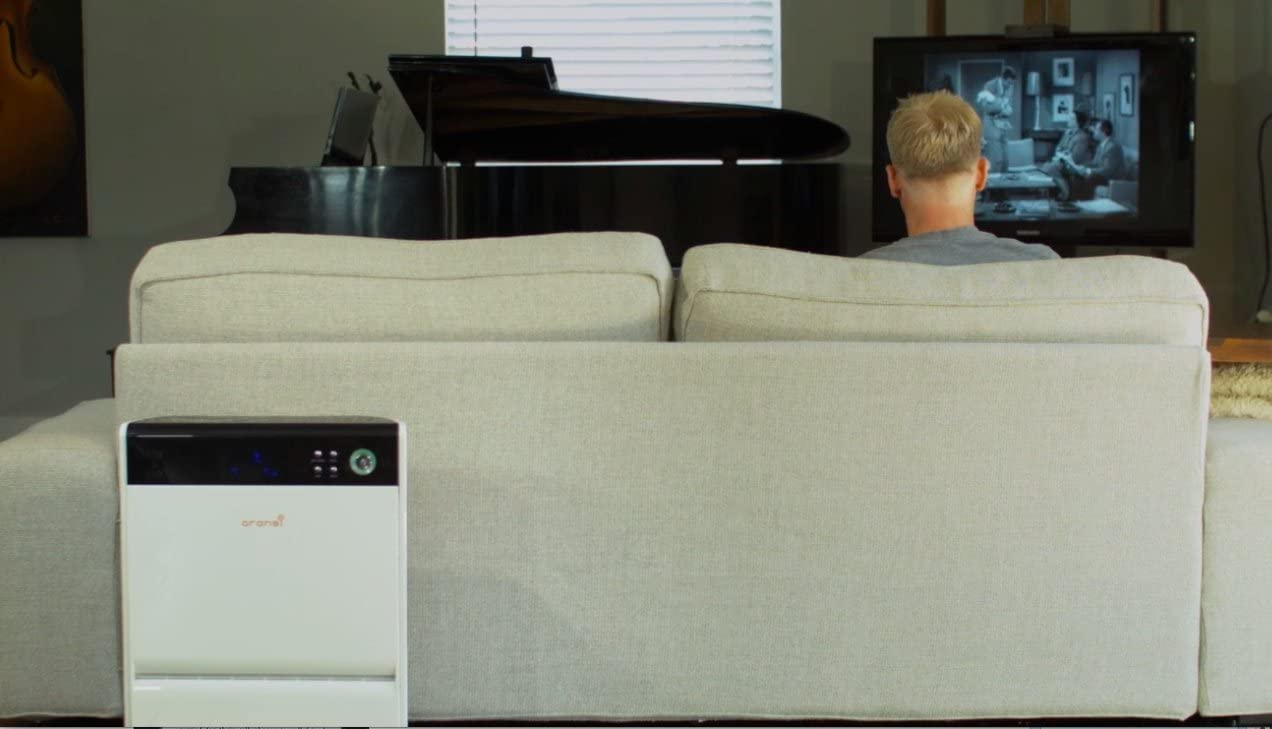Whole-home air purifiers offer some air-cleaning properties, including additional filters, polarizing charges, and ultraviolet light. On the other hand, room air purifiers provide a different kind of filtration for the space, though some use UV light or create ozone. However, you may ask about which makes the best air purifier: a room vs. a whole-house air purifier. Continue reading this article to find out.
KEY TAKEAWAYS:
- Whole-home and room air purifiers both work well on their own.
- In-duct air purification of the whole home worked better than a room purifier for allergies in one study.
- Using whole-home and room air cleaners together reduces more particulate matter than either on its own.
Whole-Home Air Purifiers
Whole-home air purifiers off filtration for your entire house, as the name suggests. Typically, experts install these units inside the air conditioning ducts within your house. By doing so, all of the air that passes through those spaces becomes filtered. If you have an extended media filter, it will be placed by the air conditioner. For electrostatic precipitators, with or without UV light, reside slightly further away. Some filters work well against the particulate matter or PM2.5 vs. a HEPA filter.
Types of Home Air Purifiers
- Extended media filters feature multiple air filters lined up in a row. Each of these filters extends the material that the particulate matter has to pass through before reaching the open air.
- Electrostatic precipitators, a form of ionic purifiers, work by polarizing the particulate matter and attracting it to the other side of the device, trapping it within the filter. Consumers with smokers in the house may consider this model since it helps with gaseous pollutants.
- Electrostatic precipitators with UV-light filters provide an option for those concerned about germs in particular. The filter irradiates the particles, which eliminates them when exposed to UV-C light.
Whole-Home Purifier Benefits
Both media filters and electrostatic precipitators placed in the ducts may be ideal for allergy and asthma patients to lessen the airborne particles triggering their attacks. For example, one study found that the whole-home furnace filter with a rating MERV-8 and air cleaner performed better than a HEPA room air cleaner unless the room air purifier that was bought, was placed in the same location as the trigger. However, many researchers recently began conducting studies on whole-home purifiers because the technology only covered commercial use in the past.
Insider Tip
When selecting your new air purifier, look for one with a high MERV rating, which measures the effectiveness of the filters.
Room Air Purifiers
A room air purifier, also known as a portable air purifier, refers to air purifiers that affect only a specified space. These appliances often reduce the number of indoor air pollutants when used in their highest setting. As a result, many families may purchase these units for multiple rooms to reduce the indoor air pollution throughout their houses. Several types of cleaners exist, including ozone, HEPA, and UV-C units. Some purifiers also use photochemical oxidation (PCO) or photoelectrochemical oxidation (PECO,) but one company using this technology faces allegations of false advertising. Click here to find out more about a UV vs. an ozone air purifier.
Allergy and Asthma Reduction of Room Purifiers
Asthma symptoms were reduced by using a quality air purifier for allergies/dust in the living room and bedroom of childhood asthma patients for 12 weeks. In this study, the people rated their amount of control over their asthma, and the scores were higher than the control group who did not have an air purifier. Additionally, each house saw a reduction in indoor airborne particulate matter of 43%. This likely includes a reduction in dust mites, pet dander, and airborne pollutants related to severe allergies or seasonal allergies since the units trap particles larger than 0.3 microns.
For other good devices that remove allergens, read our info content discussing air sanitizers vs purifiers and duct cleaning vs air purifiers.
Using Whole-House and Room Purifiers Together
Combining the power of whole-home and room purifiers may help reduce airborne contaminants even further than either on its own. For example, one study showed that an in-duct purifier and a non-ozone generating air purifier worked together to increase particle removal indoors. You should check that the MERV rating is high for any potential air purifiers you plan to purchase, with MERV 16 being the maximum.
Warning
PCO filters produce the carcinogen formaldehyde, so you may want to look at one of the other types of air purifiers to avoid exposure.
F.A.Q.S
How do whole-house air purifiers work?
Many air purifiers for the whole house are installed within the duct system. The specific types of whole-home air cleaners are listed above with some additional information.
My furnace has a filter. Is that enough?
The filter that comes with a furnace may help with reducing airborne particles. However, they need to be changed frequently. Adding additional air purifying techniques will improve your air quality compared to the filter on its own.
Are whole-house air purifiers effective?
Whole-house air purifiers like those listed above can be effective when the proper cleaning process is used. Additionally, adding a portable or room air purifier to your home may increase indoor air quality.
STAT: The global air purifier market size was valued at USD 10.67 billion in 2020 and is expected to expand at a compound annual growth rate (CAGR) of 10.0% from 2021 to 2028. (source)
REFERENCES:
- https://doi.org/10.1080/02770903.2016.1218011
- https://doi.org/10.3155/1047-3289.58.11.1474
- https://doi.org/10.1007/s11882-011-0208-5r
- https://en.wikipedia.org/wiki/Electrostatic_precipitator#Consumer-oriented_electrostatic_air_cleaners
- https://www.classaction.org/news/greed-driven-scheme-molekule-hit-with-another-class-action-over-air-purifier-efficacy-claims

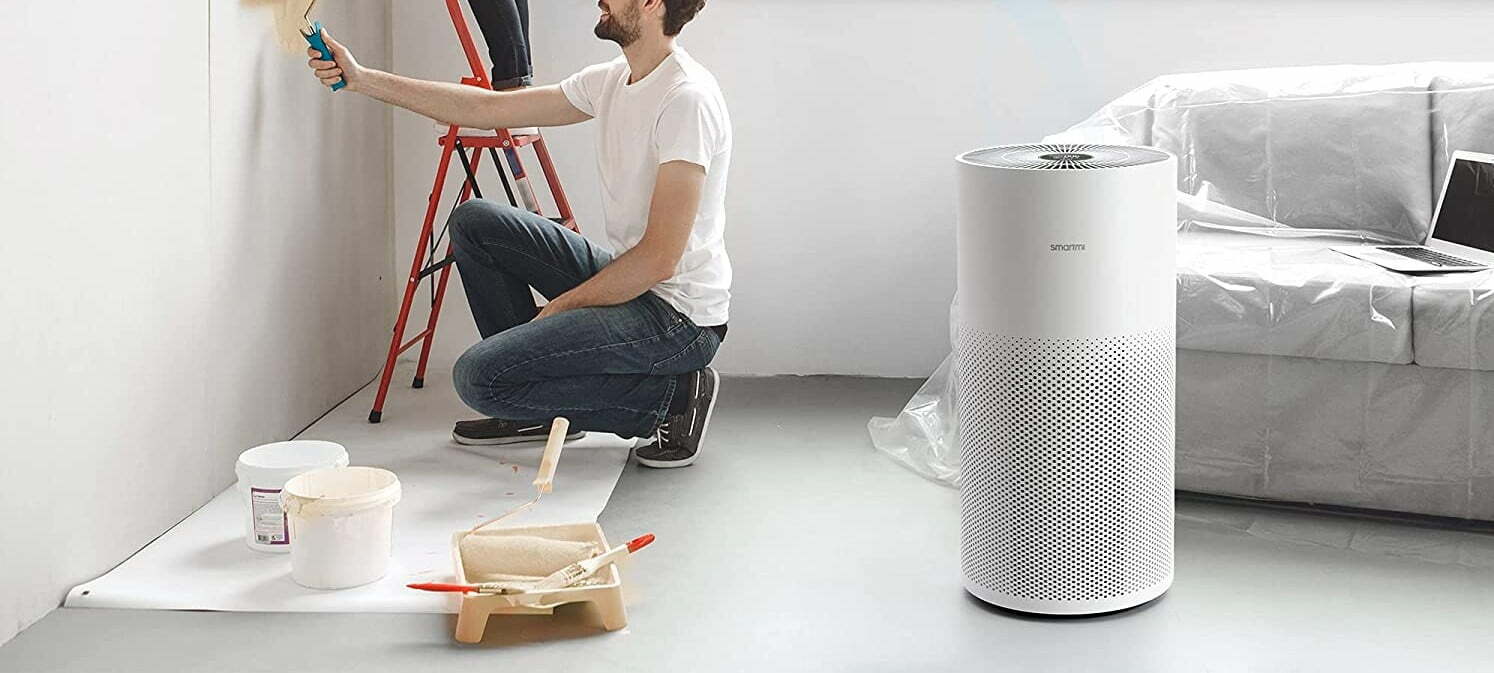













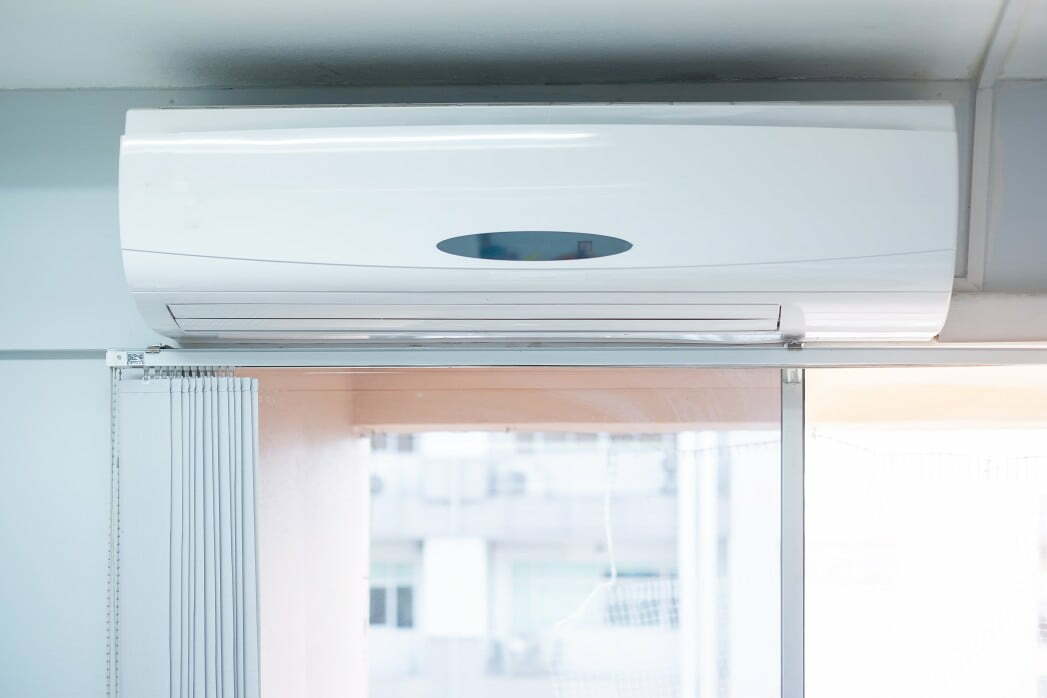

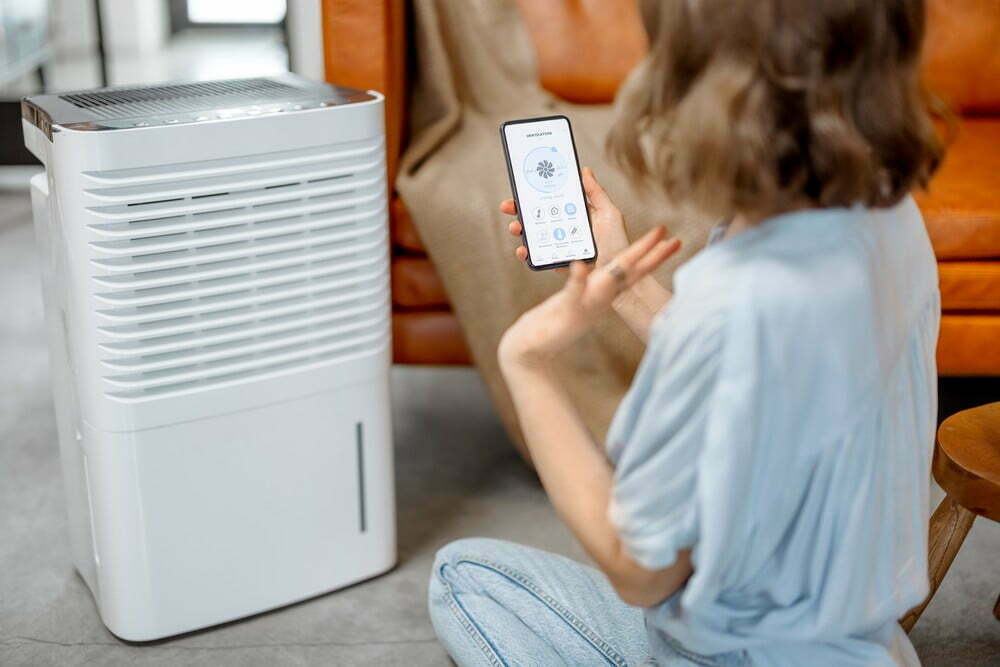
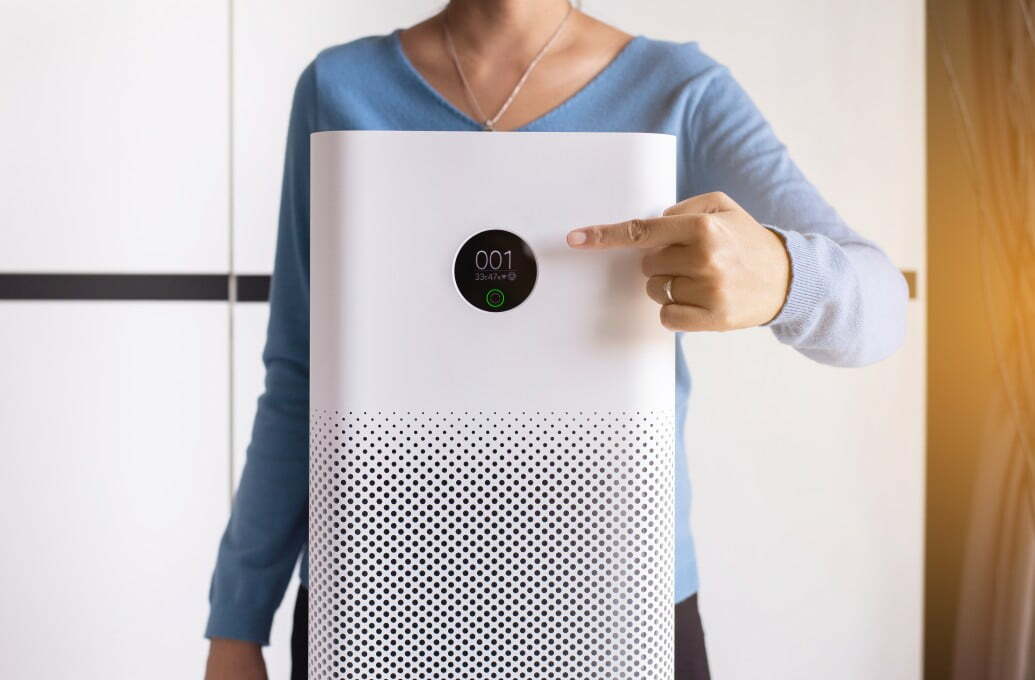
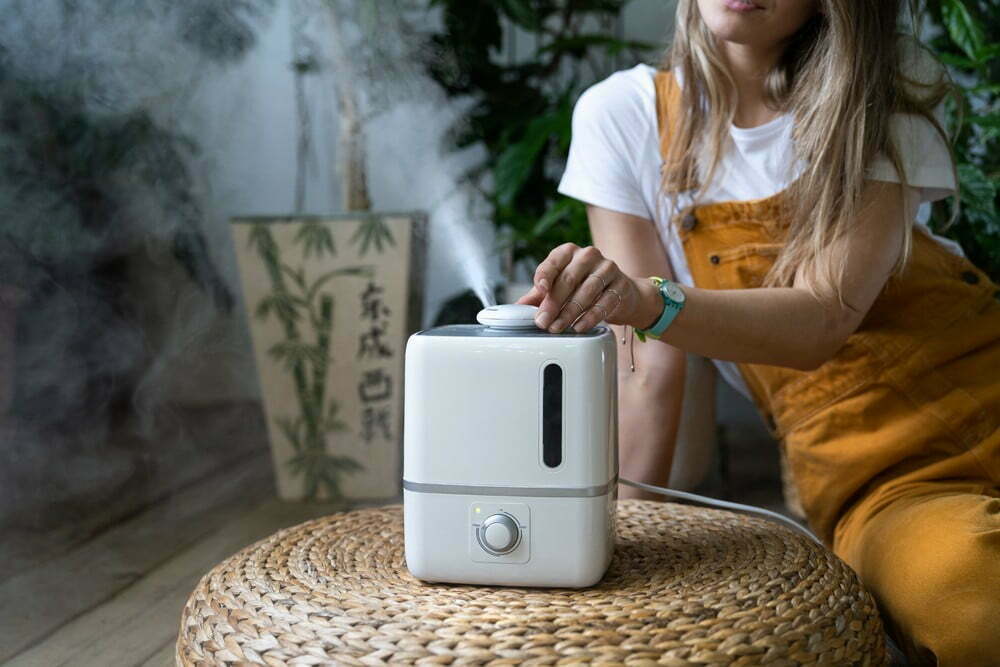
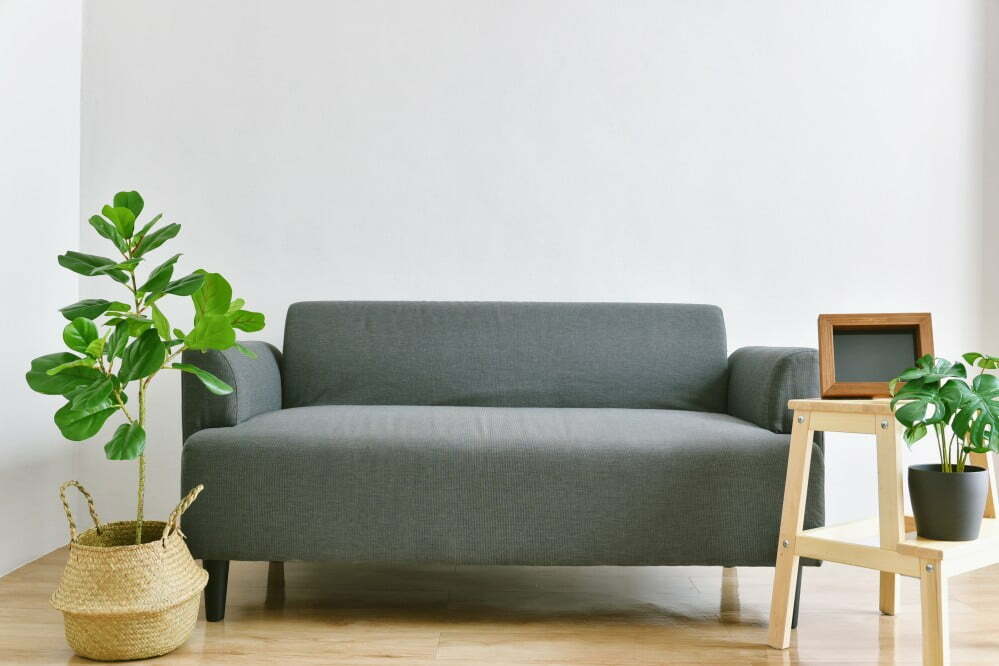

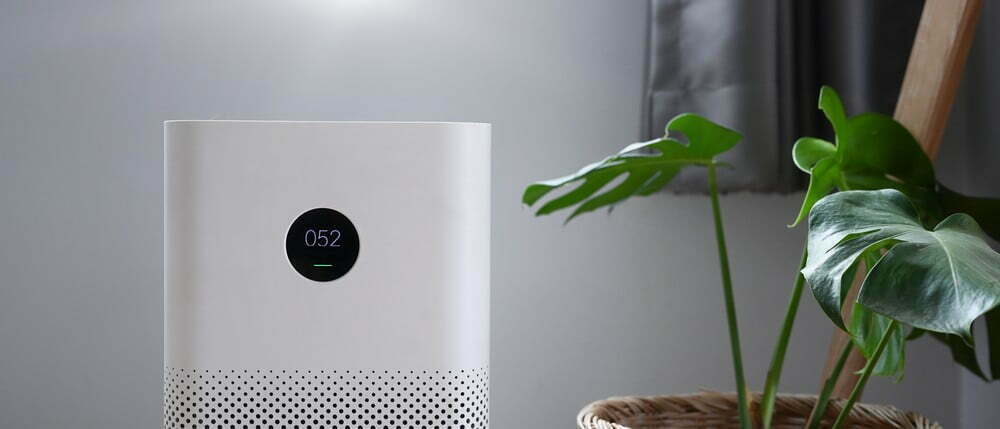
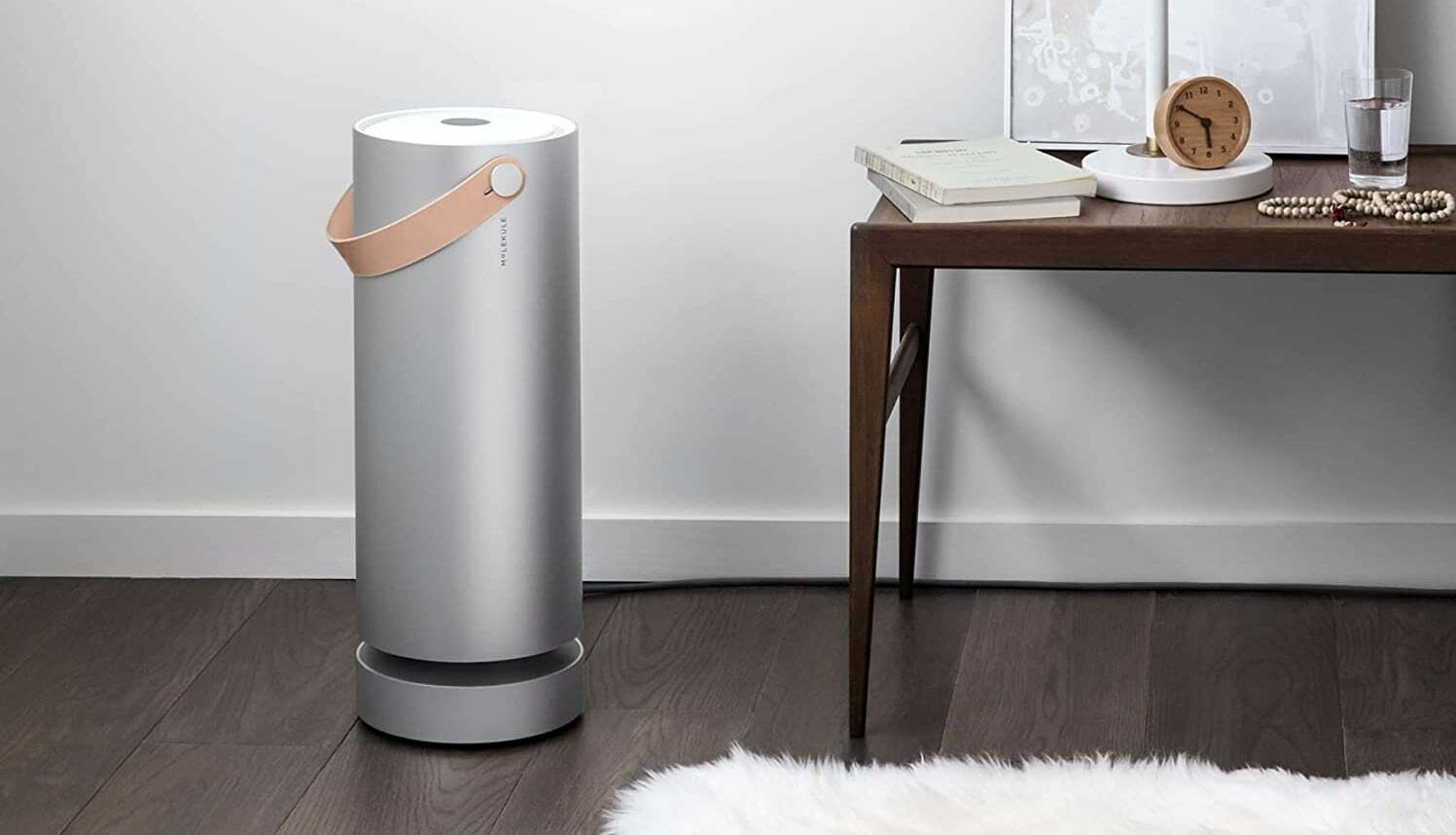
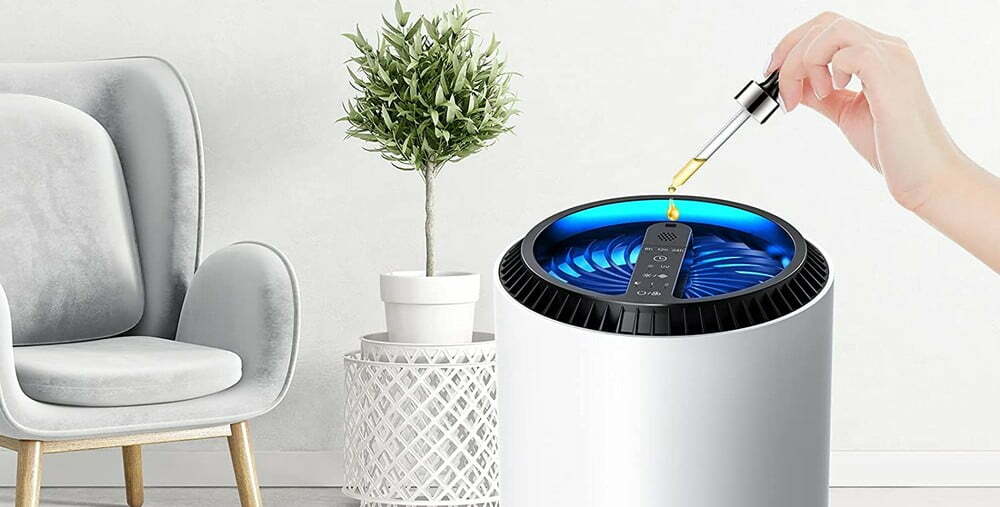
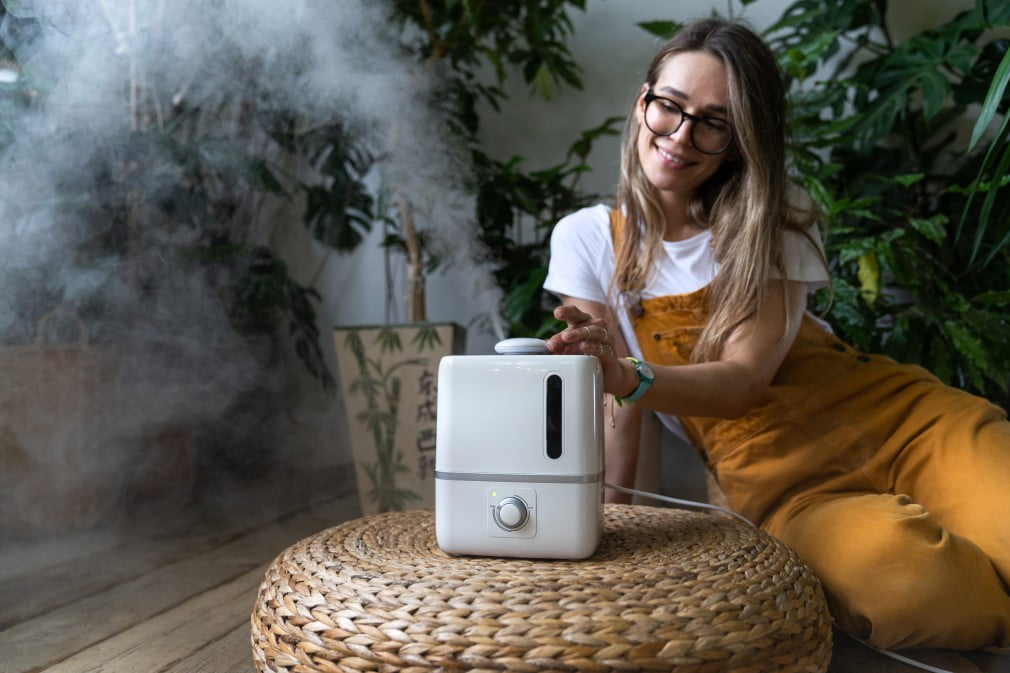
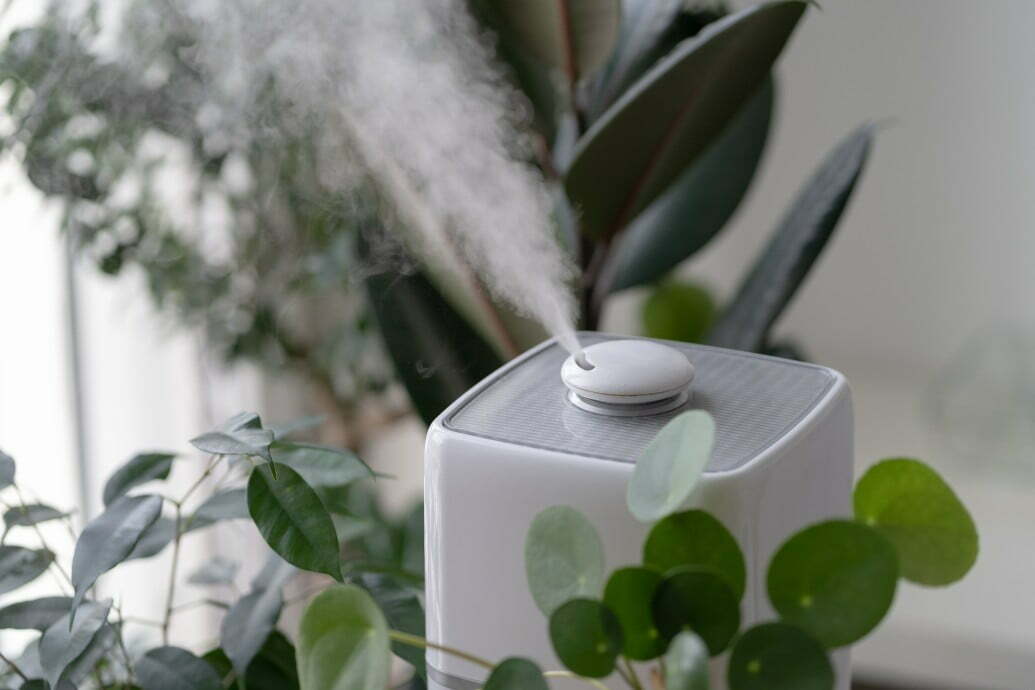
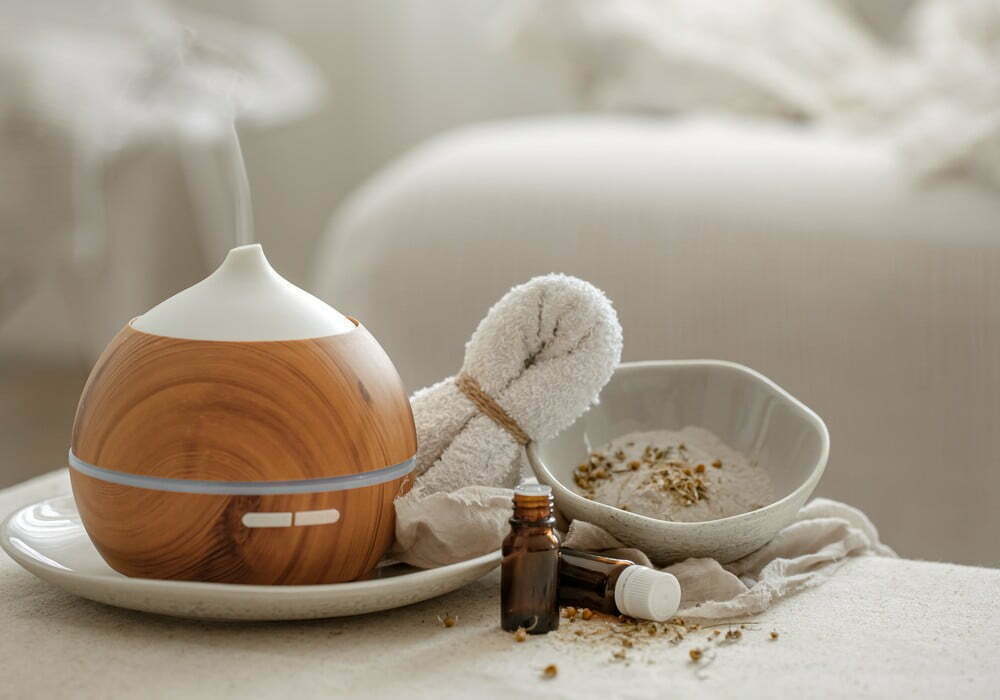
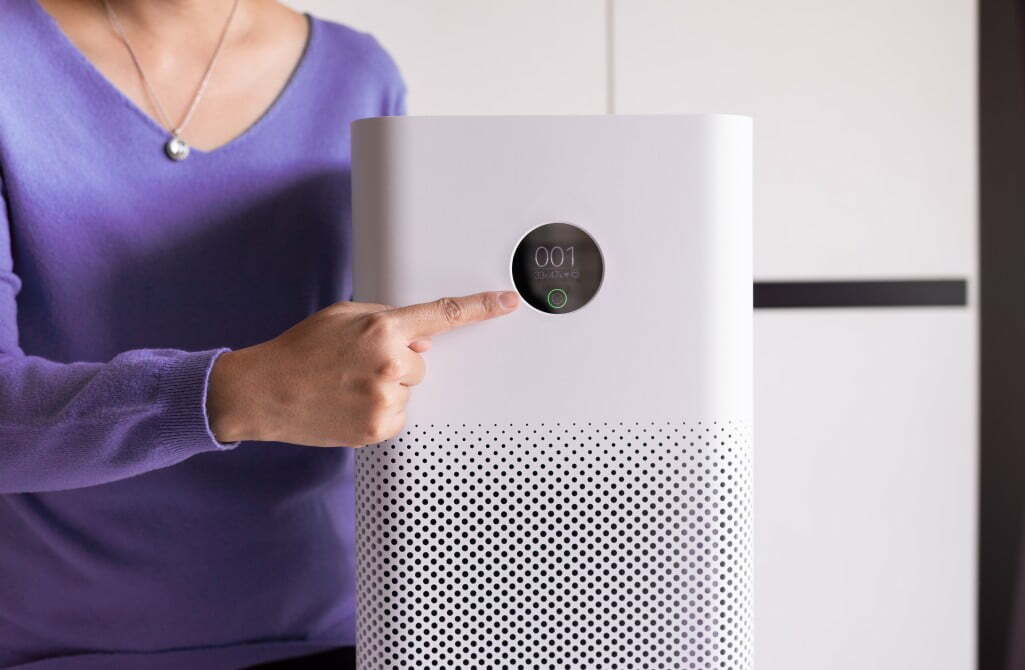
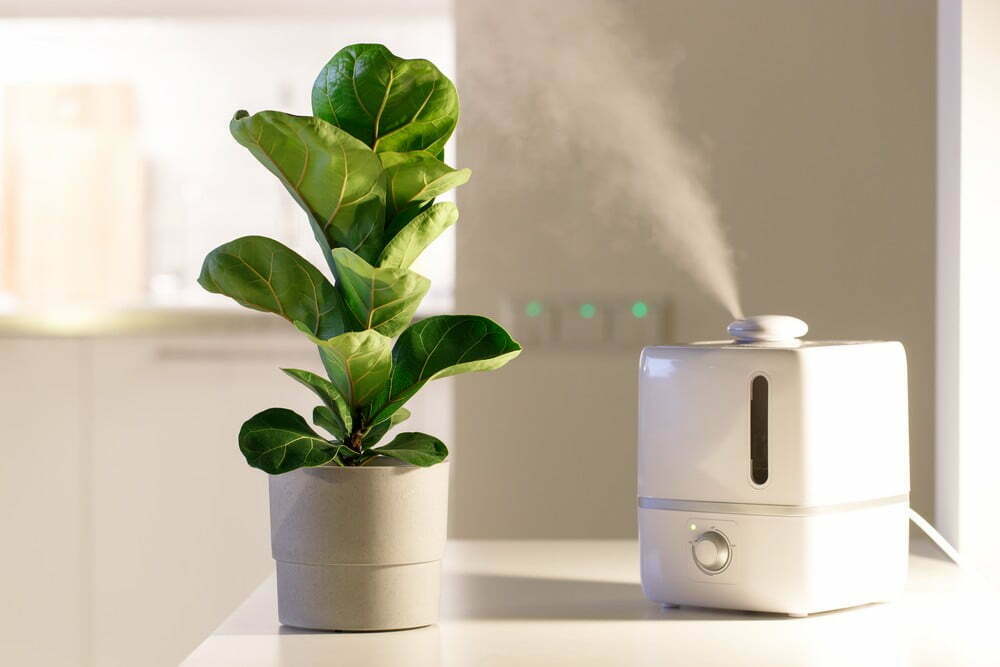


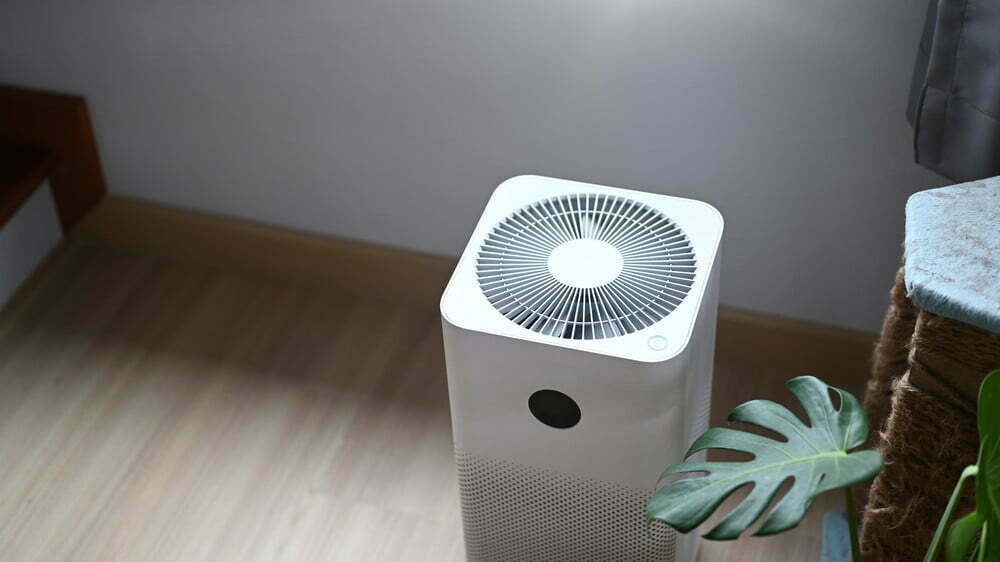
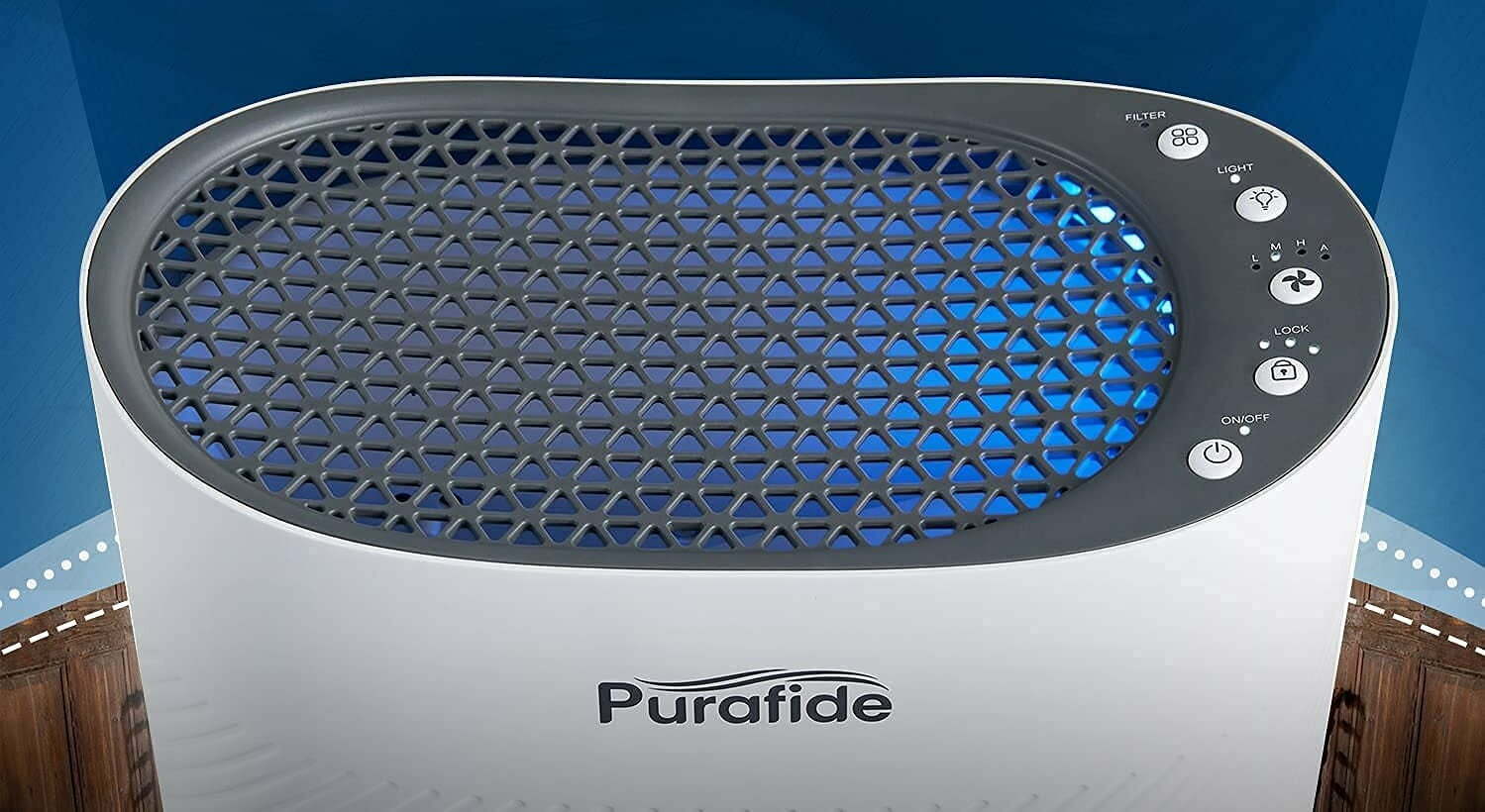
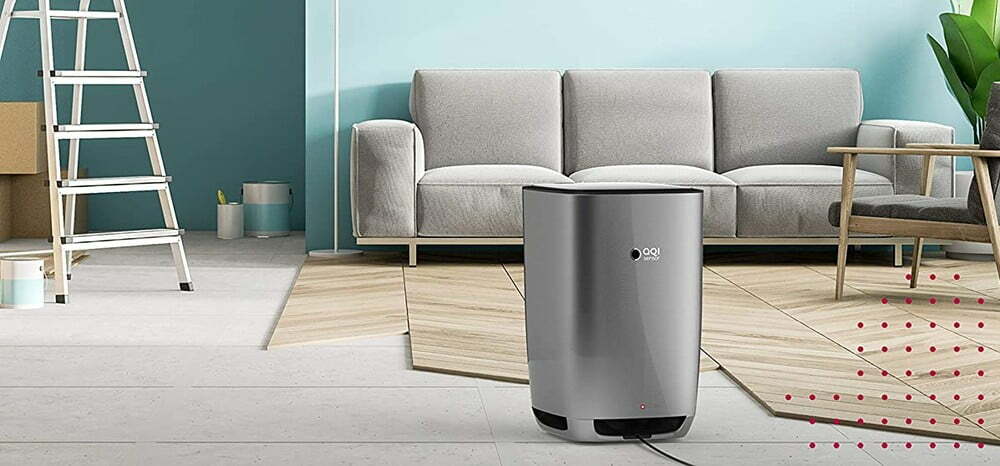
![Best Air Purifiers for VOCs and Formaldehyde in [year] 27 Best Air Purifiers for VOCs and Formaldehyde in 2026](https://www.gadgetreview.dev/wp-content/uploads/best-air-purifier-for-vocs-and-formaldehyde-image.jpg)
![Best Air Purifier in [year] ([month] Reviews) 28 Best Air Purifier in 2026 (January Reviews)](https://www.gadgetreview.dev/wp-content/uploads/Honeywell-True-HEPA-Allergen-Remover-HPA300-e1475603569442.jpg)
![Best Air Purifiers for Dust in [year] 29 Best Air Purifiers for Dust in 2026](https://www.gadgetreview.dev/wp-content/uploads/best-air-purifier-for-dust-image.jpg)
![Best Honeywell Air Purifiers in [year] 30 Best Honeywell Air Purifiers in 2026](https://www.gadgetreview.dev/wp-content/uploads/best-honeywell-air-purifier-image.jpg)
![Best Germicidal Air Purifiers in [year] 31 Best Germicidal Air Purifiers in 2026](https://www.gadgetreview.dev/wp-content/uploads/best-germicidal-air-purifier-image.jpg)
![Best Filterless Air Purifiers in [year] 32 Best Filterless Air Purifiers in 2026](https://www.gadgetreview.dev/wp-content/uploads/best-filterless-air-purifier-image.jpg)
![Best Levoit Air Purifiers in [year] 33 Best Levoit Air Purifiers in 2026](https://www.gadgetreview.dev/wp-content/uploads/best-levoit-air-purifier-image.jpg)
![Best Air Purifiers for Smoking Weed in [year] 34 Best Air Purifiers for Smoking Weed in 2026](https://www.gadgetreview.dev/wp-content/uploads/best-air-purifier-for-smoking-weed-image.jpg)
![Best Quiet Air Purifiers in [year] 35 Best Quiet Air Purifiers in 2026](https://www.gadgetreview.dev/wp-content/uploads/best-quiet-air-purifier-image.jpg)
![Best Desktop Air Purifiers in [year] 36 Best Desktop Air Purifiers in 2026](https://www.gadgetreview.dev/wp-content/uploads/best-desktop-air-purifier.jpg)
![Best Dyson Air Purifiers in [year] 37 Best Dyson Air Purifiers in 2026](https://www.gadgetreview.dev/wp-content/uploads/best-dyson-air-purifier.jpg)
![Best Air Purifiers for Dorm Room in [year] 38 Best Air Purifiers for Dorm Room in 2026](https://www.gadgetreview.dev/wp-content/uploads/air-purifier-for-dorm-room-1.jpg)
![Best Air Purifiers for Office in [year] 39 Best Air Purifiers for Office in 2026](https://www.gadgetreview.dev/wp-content/uploads/best-air-purifier-for-office.jpg)
![Best Air Purifiers for Basement in [year] 40 Best Air Purifiers for Basement in 2026](https://www.gadgetreview.dev/wp-content/uploads/best-air-purifier-for-basement.jpg)
![Best Air Purifiers For Odor in [year] 41 Best Air Purifiers For Odor in 2026](https://www.gadgetreview.dev/wp-content/uploads/best-air-purifier-odor.jpg)
![10 Best Personal Air Purifiers in [year] 42 10 Best Personal Air Purifiers in 2026](https://www.gadgetreview.dev/wp-content/uploads/best-personal-air-purifiers.jpg)
![10 Best Plug In Air Purifiers in [year] 43 10 Best Plug In Air Purifiers in 2026](https://www.gadgetreview.dev/wp-content/uploads/best-plug-in-air-purifier-image.jpg)
![10 Best Whole House Air Purifiers in [year] 44 10 Best Whole House Air Purifiers in 2026](https://www.gadgetreview.dev/wp-content/uploads/best-whole-house-air-purifier-image.jpg)
![10 Best Large Room Air Purifiers in [year] 45 10 Best Large Room Air Purifiers in 2026](https://www.gadgetreview.dev/wp-content/uploads/Coway-Airmega-200M-Large-Room-Air-Purifier-900x900-1.png)
![10 Best UV Air Purifiers in [year] 46 10 Best UV Air Purifiers in 2026](https://www.gadgetreview.dev/wp-content/uploads/best-uv-air-purifier.jpg)
